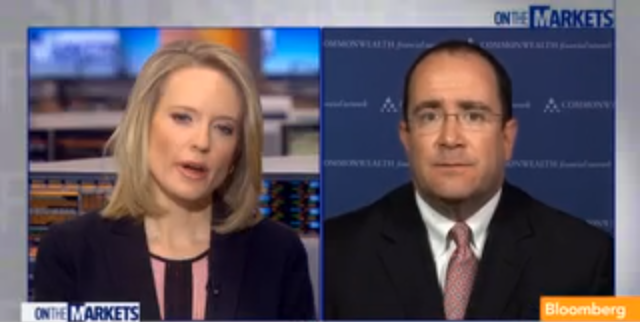Once upon a time, a turkey hatched in the dead of winter. He lived in a nice warm coop, had plentiful corn and seeds to eat, and spent much of his poult-hood playing with all of the other little turkeys. When spring came, he and his friends ventured out into the yard and played some more; they continued to have corn and seeds to eat and shelter from the rain. The summer brought more of the same, along with nice people who regularly cleaned the coop, refilled corn and seed stores after the turkeys gobbled it all up, and chased away scary critters like foxes and cats when they got too near.













